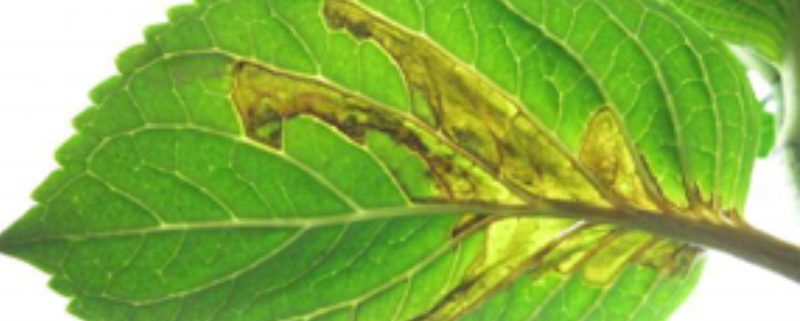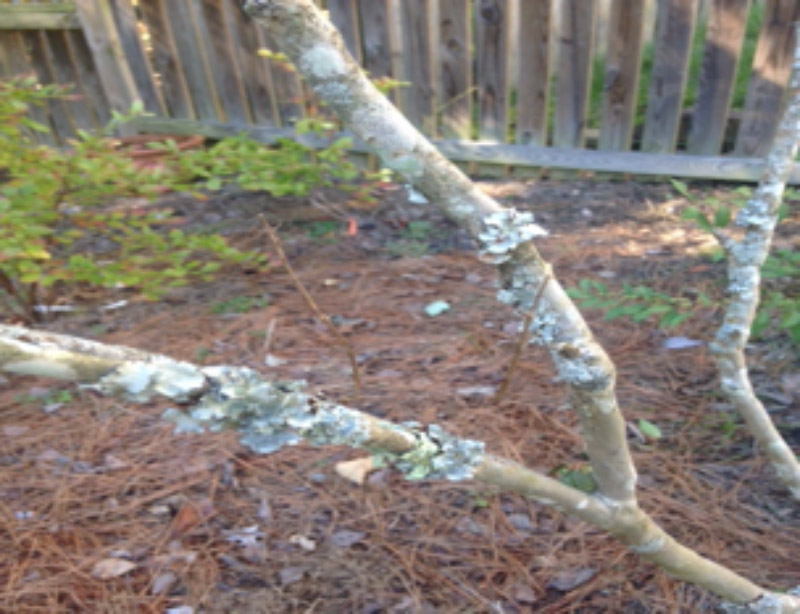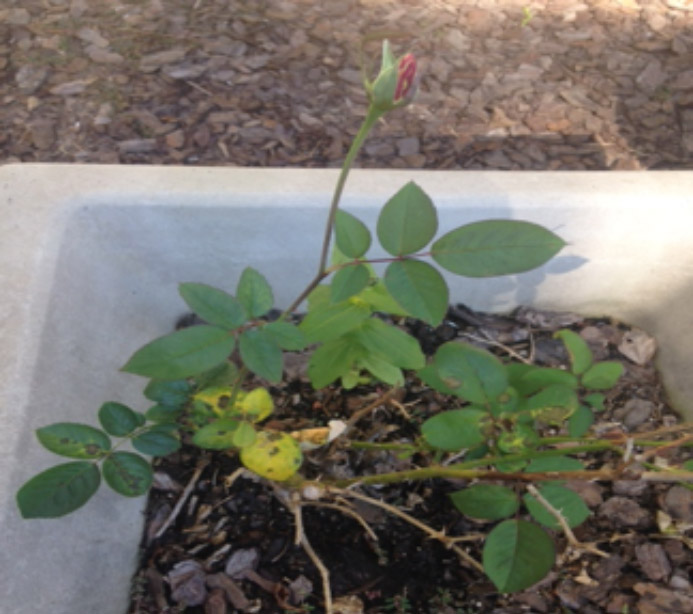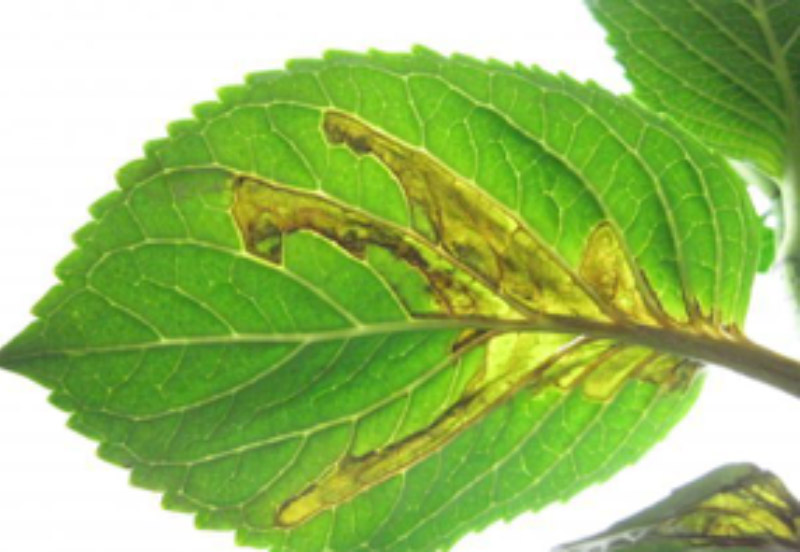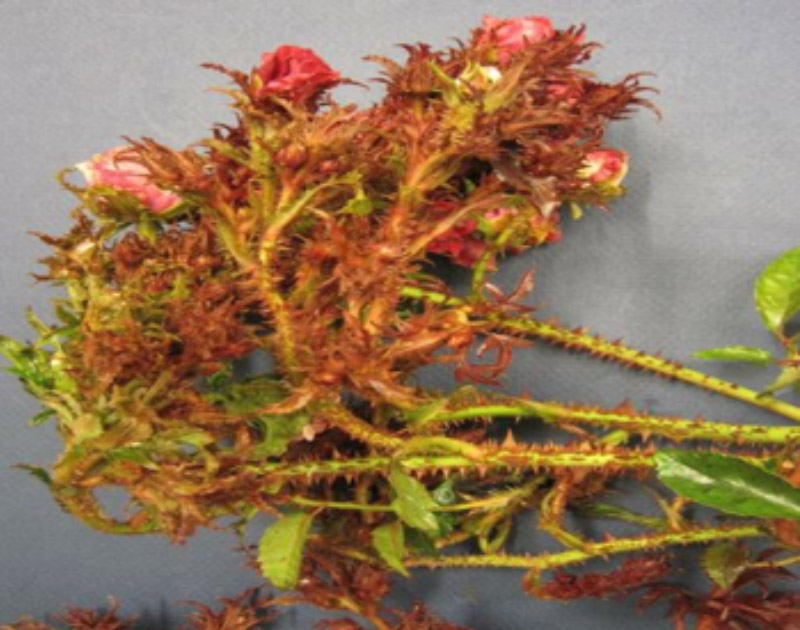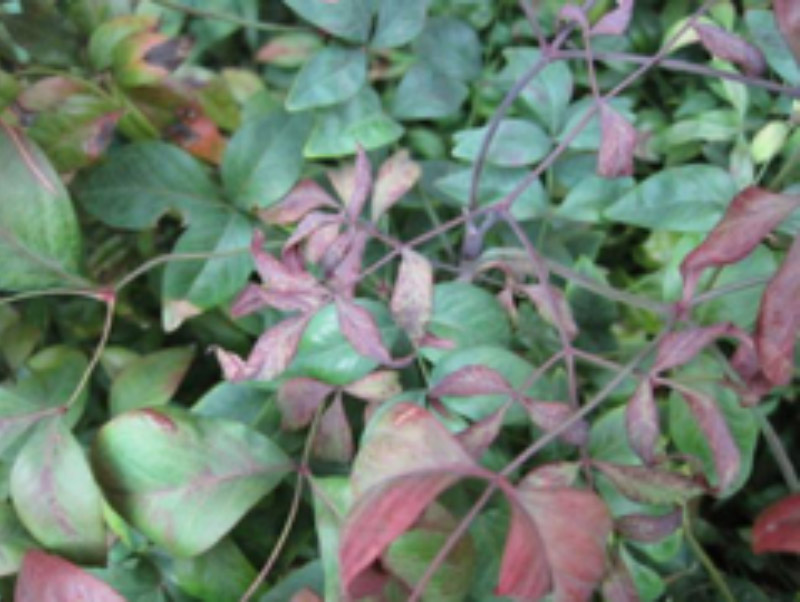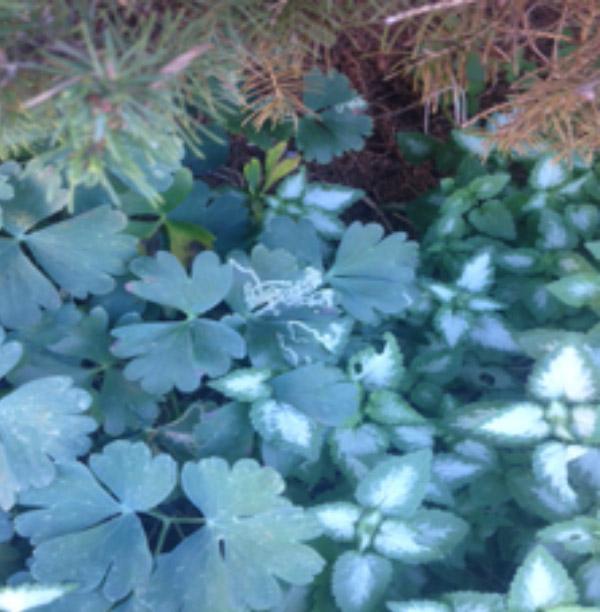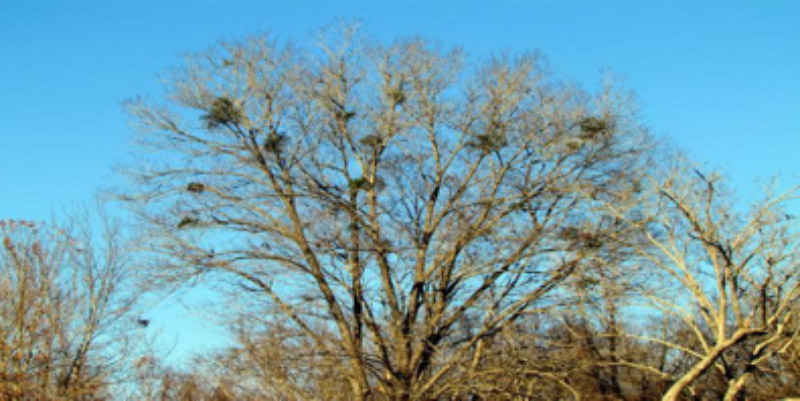Gardening: Spotting Garden Diseases
Cary, NC – It is fall in North Carolina and time for planting! So be careful with your new plants that they don’t have or inherit any diseases. Plant diseases are very common and a normal part of gardening. With some effort you can minimize and control most issues.
Stopping and Identifying Problems
To start, buy disease free plants, plant disease resistant cultivars, remove infected plants and control insects. Then make sure to place your new plant in the specified conditions suggested by the grower. Applying a horticultural oil spray, such as neem oil, is a good prevention and control option after planting.
If you do encounter a problem, identification is the first step. Take a sample to your local nursery or contact the Wake County Extension for Master Gardeners. You can call or email the Extension Office and they can identify and offer research based solutions for just about any problem. If they can’t diagnosis your problem they can connect you with the NCSU Plant Disease and Insect Clinic. The office contact information is 919 250-1084 or mgardener@wakegov.com.
Plant disease fall into 6 categories: fungus, (the most common) bacteria, nematodes, viruses, mycoplams, and parasitic plants.
Fungus
Fungus will present as leaf spots, root or stem rotting or abnormal leaf growth such as twisting curling leaves. A good example is powdery mildew or black spot rose bushes. Try to avoid black spot by watering only the roots of the plant. If you find lichens, no worries, this fungus won’t harm your plant.
Bacteria
Bacteria will also cause leaf spot and cankers, blight and wilting. To control, remove the infected area.
Nematodes
Nematodes are found in the soil or on leaves. These are more easily to identify. Roots will have knots or galls and above ground leaf nematodes will feed on the leaves causing holes and/or discoloration. Often you can just pull them off and discard.
Viruses
Viruses cause abnormal growth, unusual coloration on leaves, spots or dying plant tissue, smaller or less flowering, and shortened internodes on the stem. Just as in humans there isn’t any chemical controls for viruses. You can control the insects that spread them or prune out the infection. In some cases such a Rose Rosette, you will have to get rid of the entire plant.
Insects
Insects such as leafhoppers spread Mycoplasms. It causes yellowing of leaves or witches broom. Control the insects by physical removal or with insecticides.
Parasitic Plants
Parasitic plants include mistletoe, dodder, witch-weed and broom rape. The first two attach themselves to the above ground areas of the plant while the witch-weed and broomrape are on the plant roots. They will cause the plants to look malnourished. Physical removal is the best control.
Happy Gardening!
Story by Melody Hughes. Photos courtesy of Melody Hughes and the NC Cooperative Extension Resources. The Gardening column is sponsored by Garden Supply Company on Old Apex Road in Cary.

